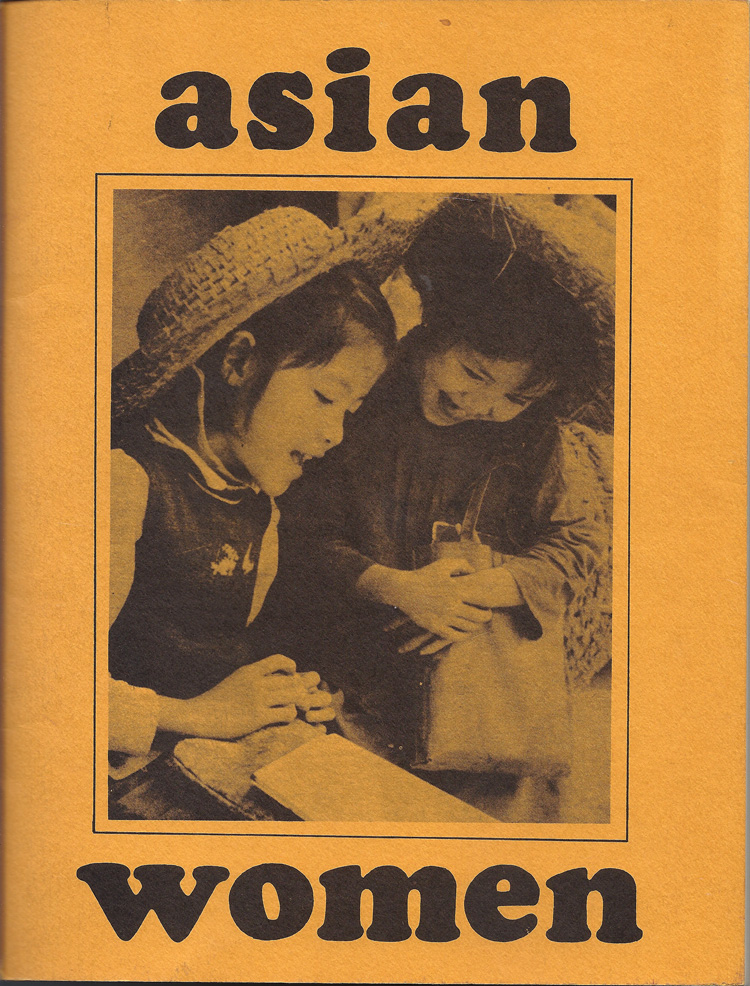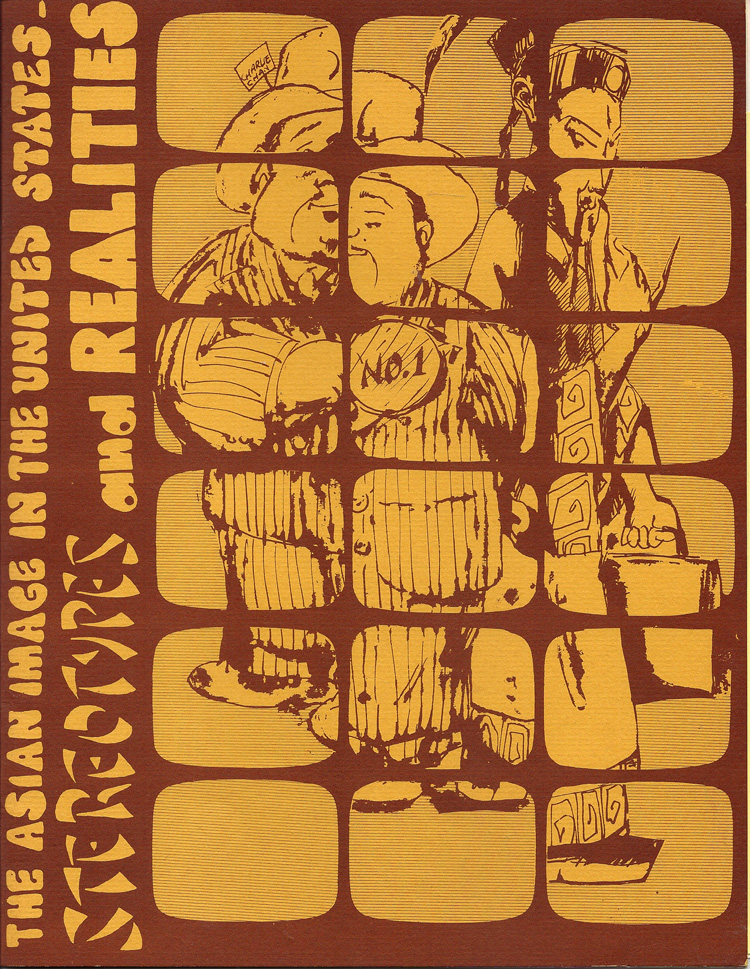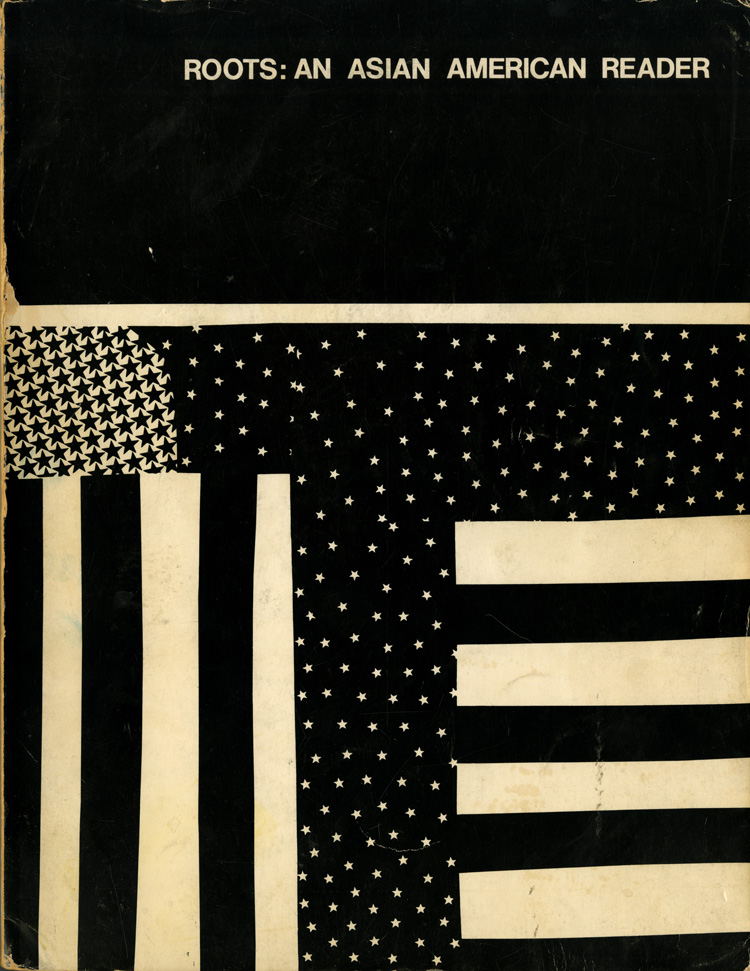In 1971, a group of students in UC Berkeley’s Asian Studies 170, a proseminar on Asian Women, began to meet inside and outside of class to critically discuss their roles as Asian women. As they explain, “We faced a dilemma. We were not satisfied with the traditional Asian roles, the white middle-class standards, nor the typical Asian women stereotypes in America. We wanted our own identity.” Discovering that other Asian women across campus were also meeting to discuss these ideas, the group decided to create a vehicle for their discussions by publishing a journal on and by Asian women.
Asian Women’s144 pages include scholarly articles, poems, literary pieces, photos, art, and an annotated bibliography written by Asian women across the country, including professors, students, national figures like Grace Lee Boggs, and international women’s groups such as newsletter Onna from Japan. Its topics vary from Asian American history to immigrant family life to religion to interracial love throughout sections entitled “Herstory,” “Reflections,” “Third World Woman,” and “Politics of Womanhood.” Similar to the editors at UCLA of Roots: An Asian American Reader, the compilers decided to edit pieces only for spelling and grammar, allowing the authors’ voices to create a holistic representation of varying Asian female experiences, even where the compilers disagreed with their perspectives. The result is a stinging self-reflection and declaration of Asian womanhood whose anecdotes about identity and autonomy still ring true even 50 years later.


